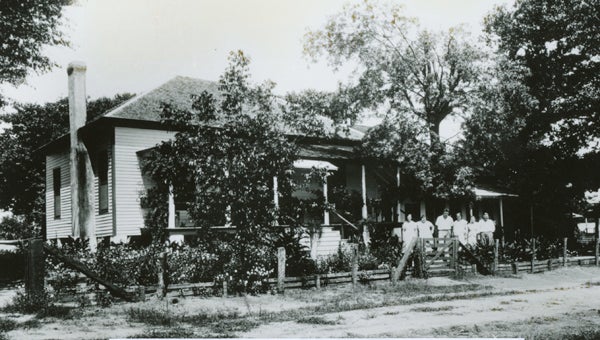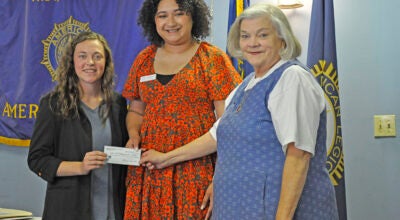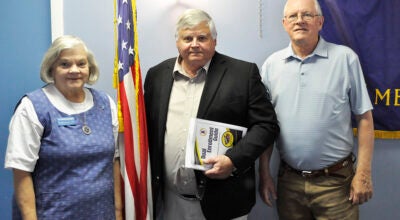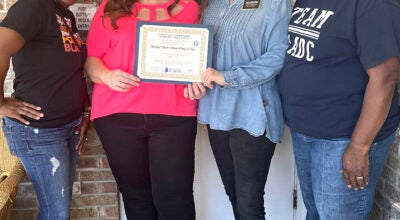Pike County poor house offered a place of refuge
Published 8:10 pm Wednesday, July 30, 2014

Submitted Photo
In the early part of the 20th century, traveling photographers would go around the countryside taking family photographs. The photographs were often taken in front of the family home. This photograph of the Ammons family was taken in front of the Pike County Poor House on Knox Street in Troy. Josh Ammons and Fannie Lou Ammons operated the poor house for about six years.
Back in the 1920s, those who were living a rather comfortable life called the complex on Knox Street in Troy the county home.
The residents, however, called it the poor house and that was, perhaps, a better description.
The Pike County Poor House was built around the early part of the decade and was dedicated for use by those who could not take care of themselves, primarily the elderly so going to the poor house was not as shameful as one might think.
“The county homes or poor houses were the forerunners of our nursing homes,” said Jim Roling, whose grandparents, Josh and Fannie Lou Ammons were administrators of the county home in Troy for five or six years. “There were actually several houses in the complex. One was for the administrators and there was a house for the men and one for the women. Those were called dormitories. Of course, there were several out buildings on the grounds. It was a well-kept place.”
Roling said most of those who circumstances brought them to the poor house were people who had no family or whose family could not or would not take care of them.
“Times were hard and sometimes it took all a man could do to keep food on the table for his family,” he said. “I’m sure that some of those in the poor houses were not in good health but, for the most part, they were just old and alone.”
Fannie Lou Ammons did most of the cooking and washing for the residents. The residents had their meals in “the big house.” Josh Ammons took care of the other needs of the complex. A garden, a chicken yard and hog parlor were necessities.
“The residents were well taken care of but many of them were elderly and some were sickly and a lot of them died,” Roling said. “The graveyard was there off Knox Street and, if I’m right, there were about 80 graves in it.”
A graveyard could be found nearby any poor house because most of the residents were elderly or in poor health or both.
Because most of the residents didn’t have family to arrange their burial, they were buried in unmarked graves.
Roling said there was little entertainment for the residents of the poor houses and few activities in which they could participate.
“Most of what the residents did was sit on the porch and play checkers or dominoes,” he said.
Those who went to the poor houses in the early 1920s and 1930s weren’t all elderly people. Sometimes, a man just couldn’t make his way. Other times, a man’s wife died and her husband was left with children he couldn’t care for or a man died and left his wife with children to care for.
Roling said, from time to time, there were probably children at the poor house in Troy but most of the time, relatives would remedy those situations.
“If it had not been for poor houses a lot of people would have had nowhere to go,” he said. “As bad as it sounds, going to the poor house was not as bad as having no where to go.”





